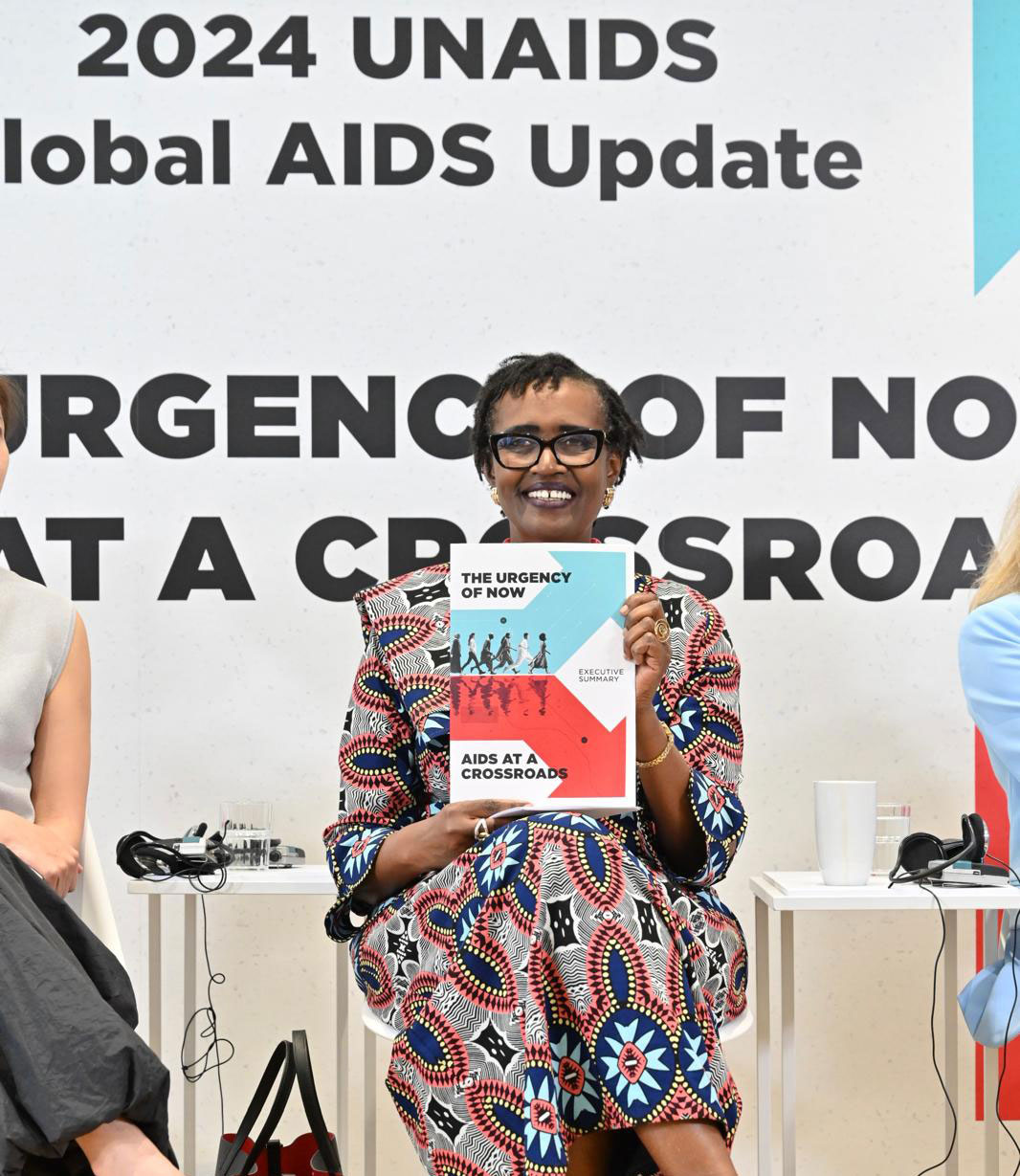Kenya is among four countries that have reduced the numbers of annual new HIV infections by 77pc and are well on track to reach the target of reducing new HIV infections by 99pc by 2030.
The other three are, Malawi, Nepal and Zimbabwe.
According to a new report by UNAIDS, another 18 countries have reduced their numbers of annual new HIV infections by more than 60pc since 2010 and with concerted efforts could achieve the 90pc reduction.
The report dubbed ‘The Urgency of Now: AIDS at a Crossroad’ shows that almost half of the people who acquired HIV in 2023 were living in eastern and southern Africa and western and central Africa, the regions that have together achieved the steepest decline 56pc in new infections since 2010.
“For the first time, the number of new HIV infections outside sub-Saharan Africa surpassed the number of new HIV infections in sub-Saharan Africa.” Stated the report.
While sub-Saharan Africa is doing well at preventing new HIV infections, comparable progress is less evident elsewhere in the world, where most people acquiring HIV belong to key populations.
The report shows that numbers of new HIV infections are increasing steeply in several countries with sizeable HIV epidemics, due mainly to weak HIV programmes for key populations.
Globally, the steepest declines in numbers of new HIV infections have been among children aged 0–14 years attributed to achievements in eastern and southern Africa, where the annual number of children acquiring HIV fell by an estimated 77pc between 2010 and 2023.
Progress has been slower in western and central Africa, which now accounts for over 44pc of all new vertical infections. Eastern and southern Africa accounts for a similar proportion of new vertical infections with about 44pc.
Eighteen countries or territories have eliminated vertical transmission of HIV with fewer than 50 new HIV infections among children per 100 000 births.
Two high-prevalence countries, Botswana and Namibia are well on the way to achieving the “pathway to elimination” target of fewer than 750 new HIV infections per 100 000 births.
New infections among men and women
Gloally, the decline in numbers of new infections is stronger among women than men. However in sub-Saharan Africa, although decreasing, HIV incidence among adolescent girls and young women is still extraordinarily high in parts of eastern and southern Africa and western and central Africa, adolescent girls and young women acquired HIV in 2023.
The HIV incidence rate among adolescent girls and young women is more than three times that among adolescent boys and young men in atleast 22 countries in sub-Saharan Africa.
There are four over reaching reasons for the compara tively slow decline in new HIV infections globally:
Too little is being invested in HIV prevention, persistent stigma and discrimination related to HIV status, gender, behaviour or sexuality, combined with hostile legal and institutional environments, make it very difficult to serve the prevention needs of people from key populations.
These as well as gender inequalities and unequal gender norms still put women in much of sub-Saharan Africa and powerful prevention technologies such as long-acting injectable cabotegravir (CAB-LA) and most recently, Lenacapavir (LEN) are raising expectations due to their combination of convenience and high efficacy.
Speaking during the launch of the report UNAIDS Executive Director, Winnie Byanyima said that leaders pledged to reduce annual new infections to below 370 000 by 2025, but new HIV infections are still more than three times higher than that, at 1.3 million in 2023.
She said cuts in resourcing and a rising anti-rights push are endangering the progress that has been made.
“World leaders pledged to end the AIDS pandemic as a public health threat by 2030, and they can uphold their promise, but only if they ensure that the HIV response has the resources it needs and that the human rights of everyone are protected,” said Byanyima.
HIV prevention and treatment
The report demonstrates that HIV prevention and treatment services will only reach people if human rights are upheld, if unfair laws against women and against marginalized communities are scrapped, and if discrimination and violence are tackled head on.
UNAIDS calculations show that whilst 20pc of HIV resources should be dedicated towards HIV prevention for populations most affected by HIV, just 2.6pc of total HIV spending went towards interventions for key populations in 2023.
Around the world funding is shrinking, holding back progress and even leading to rising epidemics in certain regions.
In 2023, total resources available for HIV (US$ 19.8 billion) dropped by 5pc from 2022 and were US$ 9.5 billion short of the amount needed by 2025 (US$ 29.3 billion).
Domestic funding in low- and middle-income countries which make up 59pc of total resources for HIV—is being constrained by the debt crisis and fell for the fourth consecutive year, with a 6pc decline from 2022 to 2023.





